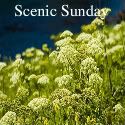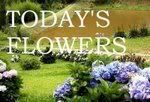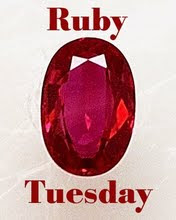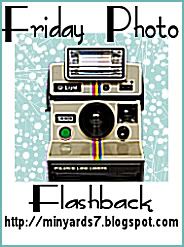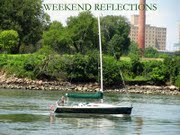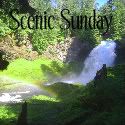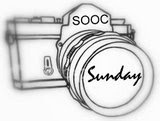
Thurs-Way is still coming in some quarters of the world. So I won't deem myself late.
Please give the badge a Tickle and it will take you there. Come and join the FUN. Tell us about your Road. Show some of your Signs. And Lead us to the Pathways of your haven.



Yah, that's the Great Western Highway - the sole link between Sydney and the West. The place where this sign is located is called
Little Hartley, which is part of the Blue Mountains about hour and a half drive from the city and 30 minutes to Lithgow.
This is the Woodfired Pizza I was talking about in my previous Meme: My World. It was done in You Tube video clip so if you are having trouble downloading then please don't open the link unless you feel the temptation of doing so. Actually it will just appear automatically and it does take sometime to play because I set it to slow play and zoom motion.
It was raining that day, hence, the wet road. It did not deter me from taking pictures here and there with the owner's approval of course. His name is Ron and he is running a photographic competitions that he will post
here.The woodfired pizza is truly scrumptious. It is housed in a roadside cottage where a through door will take you to a metallic
art work gallery manned and owned by Ron himself. By the way, the pizza cafe is being run by his wife, Catherine.
Hungry and famish travellers do stop here for their famous pizza and friendly service. The old-fashioned countrytown friendly, quick and efficient service. I'll post more photos in another blog.
No, this is not a commercial plug. Just kind of travelogue out of boredom. I just happened to speak to Ron as I was fascinated by his metallic art work. Very impressive skills he has.
 The window is late in coming. It has been left closed by me. lol. Sorry for waiting. Maryt/theteach has now opened it for me. Maybe you should join the fun like me. Here's more Windows to click. I'll serenade to you. Just light the candle. Guitar please!!!
The window is late in coming. It has been left closed by me. lol. Sorry for waiting. Maryt/theteach has now opened it for me. Maybe you should join the fun like me. Here's more Windows to click. I'll serenade to you. Just light the candle. Guitar please!!!
 Our friend Anna and Frank. Courtesy by my sister. I don't know whether this was taken in France or in Switzerland. I just fall in love with the colourful European windows. Environmentally friendly. Australians should colour their windows to make us happy window viewers. What you reckon Mate?
Our friend Anna and Frank. Courtesy by my sister. I don't know whether this was taken in France or in Switzerland. I just fall in love with the colourful European windows. Environmentally friendly. Australians should colour their windows to make us happy window viewers. What you reckon Mate?




















